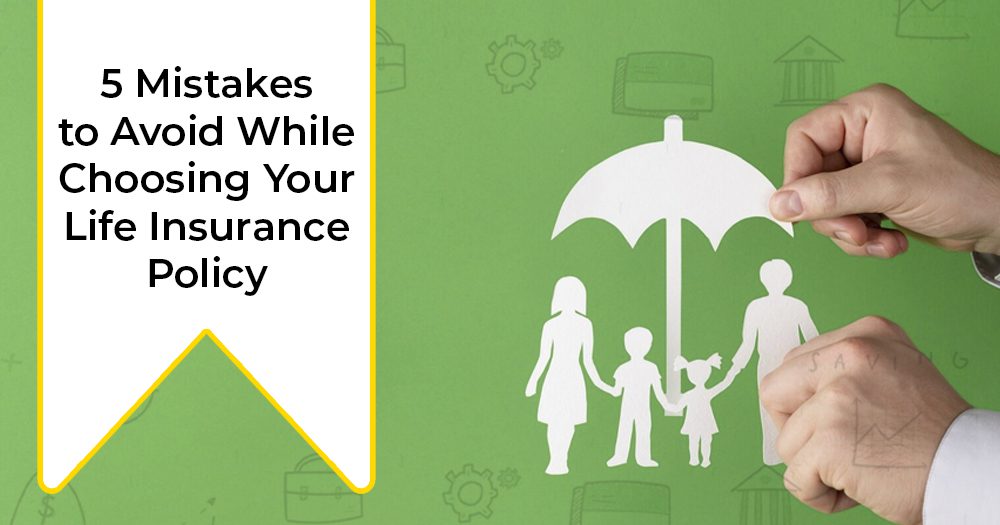Like most other financial products in India, life insurance is aggressively sold by agents who might be more concerned about their own agenda than your needs. As a financial planner, I’ve observed some common mistakes people tend to make when selecting a life insurance policy. These mistakes are often made both knowingly and unknowingly. I recommend buying term life insurance at a younger age, so you pay less premium while also securing your family’s financial future. Here are the errors in judgement to watch out for.
Having an Excessive Policy Term
I’ve come across clients who want insurance coverage for as long as possible — sometimes till the age of 85 or 99 years. The only life insurance you need is term life insurance to support your family in case of your untimely death. If you live a long life, beyond the period covered by your policy term, the odds are that you will have the capacity to create sufficient wealth for your dependents, and some of your dependents might even become financially independent in that duration. When you buy a term plan for a longer period, the premium you pay is also correspondingly higher and there’s a big chance that the sum insured won’t match up to the rise in inflation over that period. Generally, you need term life insurance coverage only till the age you attain financial freedom and fulfill all your financial obligations, or until retirement age.
Buying a Policy with Return of Premium
The typical mentality that investing in a product should give us compounding monetary returns does not apply to term life insurance. Instead, this insurance should offer you peace of mind and financial security. Opting for a ‘Return of Premium’ (ROP) rider with your insurance policy increases the premium you pay, and still may not offer as much security as a policy without ROP. Everything is not meant for earning returns — some financial products are also for protection. You don’t think twice about buying car insurance — so why should you procrastinate or delay the decision of buying a life insurance policy, or needlessly complicate matters by buying a policy with ROP?
Mixing Investments with Insurance
There are two types of investment plans under life insurance — traditional and market-linked. If you invest in a traditional plan like an endowment or whole life policy, it’s important to continue until it reaches maturity — and you earn 4–6% returns. If you invest in a unit-linked insurance plan, you need to invest for a minimum of 5 years, as per the mandate of Insurance Regulatory and Development Authority of India (IRDAI). In this case, you will see good returns only after 7–10 years of holding the policy. Mixing insurance and investments dilutes the effect of both. Your life insurance should ideally be in the form of term life insurance and be separate from your investments, which may be mutual funds, direct equity, a provident fund, etc. — as both play different roles in your financial plan.
Buying Life Insurance without Riders
If you aren’t well-versed with insurance or don’t do your research, you could end up buying a policy without riders. Life insurance comes with an option to add riders like a waiver of premium due to accidental disability or critical illness, income benefit due to disability, etc. A rider doesn’t cost much, but people tend to ignore its worth.
For instance, the critical illness rider ensures that the insured gets the sum insured under the rider upon diagnosis. Besides, if you buy a standalone critical illness policy under your health insurance, your premium would rise with age and product revisions. On the other hand, if you add it as a rider to your term insurance policy, the premium will largely stay the same over the course of the policy, which is especially beneficial if you buy the policy at a young age when the premium is low.
Having an Inadequate Sum Insured
When calculating the sum insured, people generally don’t consider inflation or events like marriage, having children, buying a house on loan, etc., which have a big financial impact. This human life calculation plays a bigger role in arriving at the correct sum insured. You need to have the right amount of sum insured to safeguard your family’s interests and cover all responsibilities, including major life events like getting married, having children, buying a house on loan, and so on, which have a bigger financial impact.
Nisha Sanghavi is part of the 1 Finance Advisory Committee for Qualified Financial Advisors — Mumbai Chapter.







